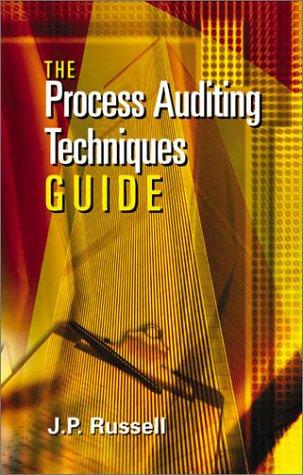Question
29. Which of the following is the objective of the theory of constraints? a. maximize throughput contribution while maximizing investments and operating costs. b. minimizing
29. Which of the following is the objective of the theory of constraints?
| a. | maximize throughput contribution while maximizing investments and operating costs. |
| b. | minimizing throughput contribution while minimizing investments and operating costs. |
| c. | minimizing throughput contribution while maximizing investments and operating costs. |
| d. | maximize throughput contribution while minimizing investments and operating costs. |
30. The use of total quality management and flexible manufacturing practices to reduce setup costs enhances a company's ability to use
| a. | economic order quantity methods. |
| b. | just-in-time inventory methods. |
| c. | first-in, first-out inventory methods. |
| d. | last-in, last-out inventory methods. |
31. Factors underlying make-or-buy decisions include non-quantitative factors, such as
| a. | dependability of suppliers and the quality of purchased materials. |
| b. | dependability of suppliers and the quantity of purchased materials. |
| c. | dependability of employees and the quality of manufactured materials. |
| d. | dependability of employees and the quantity of purchased materials. |
Step by Step Solution
There are 3 Steps involved in it
Step: 1

Get Instant Access to Expert-Tailored Solutions
See step-by-step solutions with expert insights and AI powered tools for academic success
Step: 2

Step: 3

Ace Your Homework with AI
Get the answers you need in no time with our AI-driven, step-by-step assistance
Get Started


